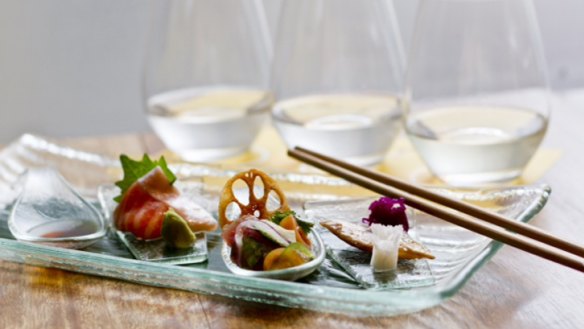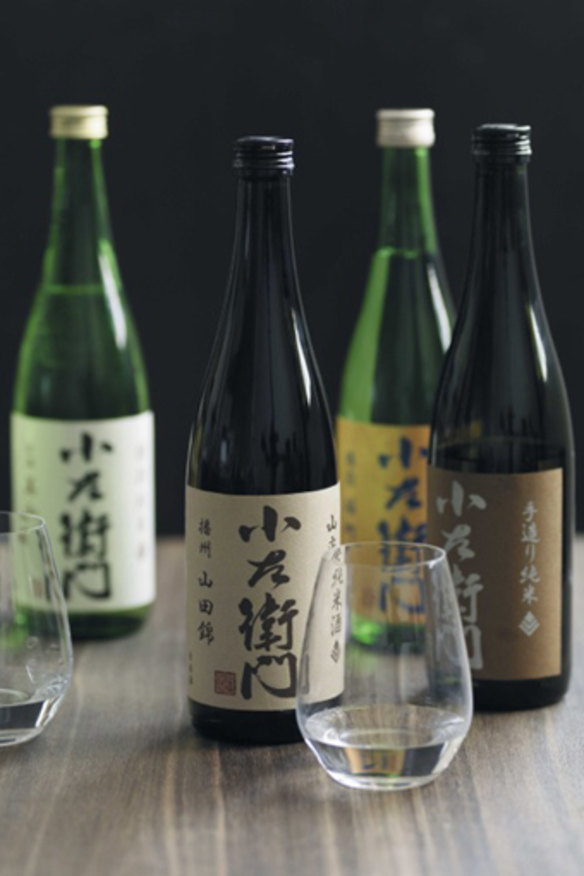The rise of Brisbane's sake scene

It is the oldest tipple in the world, with more than 30,000 varieties. Yet sake – Japanese rice wine – is only just starting to gain favour in Australia.
In Brisbane, the aptly name Sake restaurant, and new kid on the block Bird's Nest Yakitori, are leading the charge. Further afield, Danielle Gjestland of Noosa's renowned Wasabi travels to Japan twice a year to sample and source sake for the restaurant.
Currently, there are 20 different sake houses represented on Wasabi's menu, starting at jyosen – or entry level grades - to the rare and savoured junmai daiginjyo.

“Whilst a significant proportion of our sakes come from our Japanese importers, we also source a lot direct from Japan ourselves,” Gjestland says.
Traditionally, sake is served warm. However, advances in brewing techniques have resulted in sake flavour profiles that can be damaged by heat. Gjestland says premium sakes should be served chilled but not cold.
“Each individual sake has its own ideal serving temperature but as a general guide a fragrant sake like a ginjo or daiginjyo should be served chilled," she says.
“A fresh, unpasteurised sake can be served a little cooler. And junmais or honjozos are richer styles of sake and these should be served either room temperature or slightly warm.
"People nowadays are generally quite confident selecting between a shiraz or cabernet from a wine list, but when it comes to choosing a junmai or a daiginjyo, things get a bit trickier.”
Brisbane restaurant Sake serves the Japanese rice wine straight and in delicate cocktails.
Manager Ashleigh McMillan says many people come to the restaurant requesting to taste sake for the first time. The first step in helping them? Finding out what type of wine or beer they enjoy.
“People like tastes they are familiar with, like beer and wine,” McMillan says. “Many people don't know that there is a comprehensive range of sake styles and, like wine, flavours can vary from floral and fruity to nutty and earthy."
Like wine, the flavour profiles of various sakes relate to regionality. McMillan says the water used in the brewing process plays a major role in the end result, with many distilleries in Japan built using artesian spring water, as does the rice, with certain varieties with varying tastes only grown in specific areas.
To introduce diners to the subtleties of Japanese rice wine, Sake holds sake discovery sessions, matching food prepared by head chef Shinichi Maeda with three different sakes.
At Bird's Nest Yakitori in South Brisbane, the in-house Japanese sake sommelier Daiki Wakabayashi guides diners through their sake selection.
“People are starting to approach sake more like wine and appreciate its subtleties,” he says.
“I handpicked the sakes on our menu so our patrons don't become overwhelmed and I help them pick a sake suited to their tastes, be it fruity, earthy or dry.”
So great has the interest been in sake, Mr Wakabayashi has started hosting private tastings of the drop, matching sake with food.
Learn how to make sake at Wasabi during Good Food Month. Sake – Making, Tasting, Brewing classes, July 12 and 19, $160 (includes lunch with matched sake). Wasabi, 2 Quamby Place, Noosa Heads, 5449 2443. See goodfoodmonth.com
